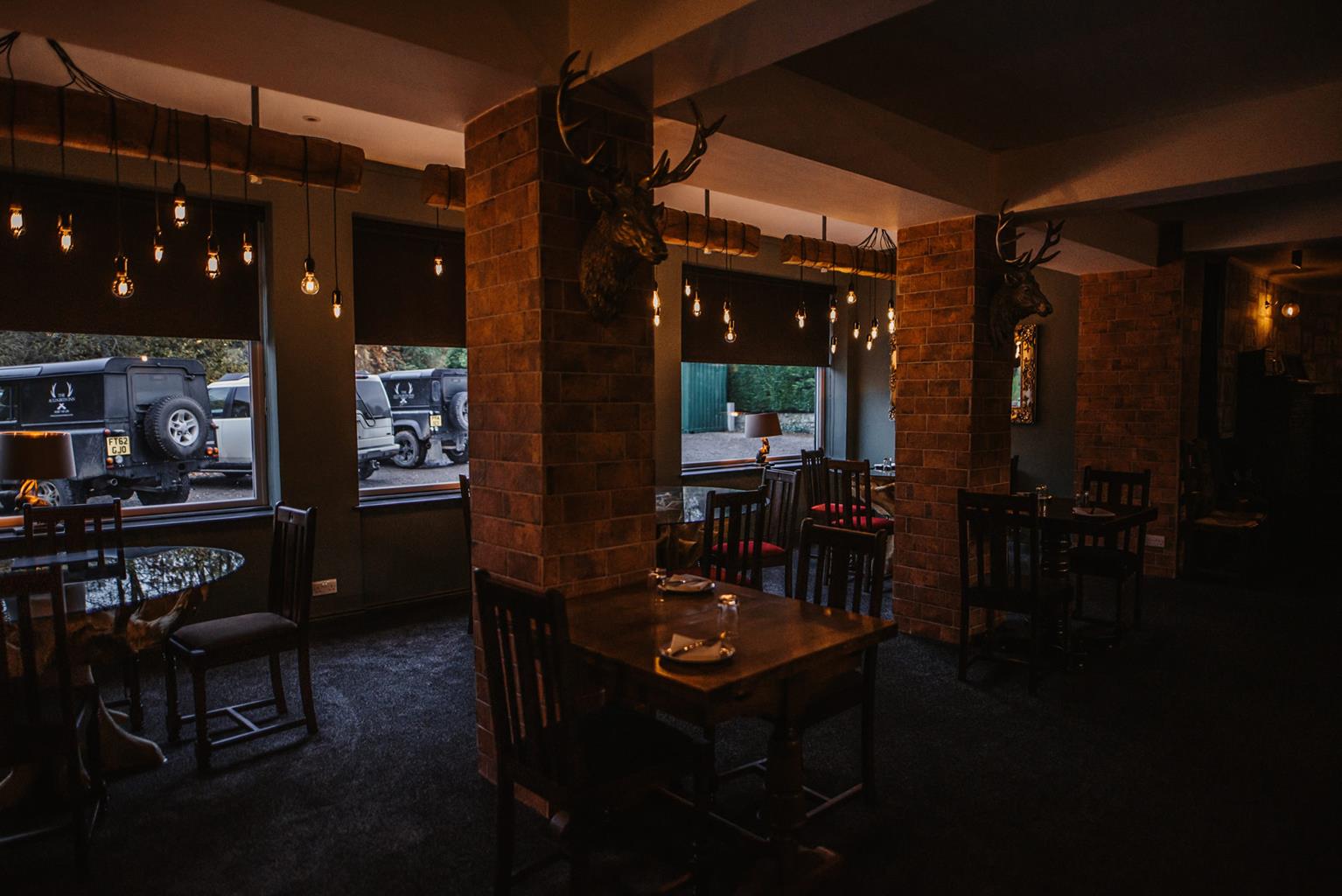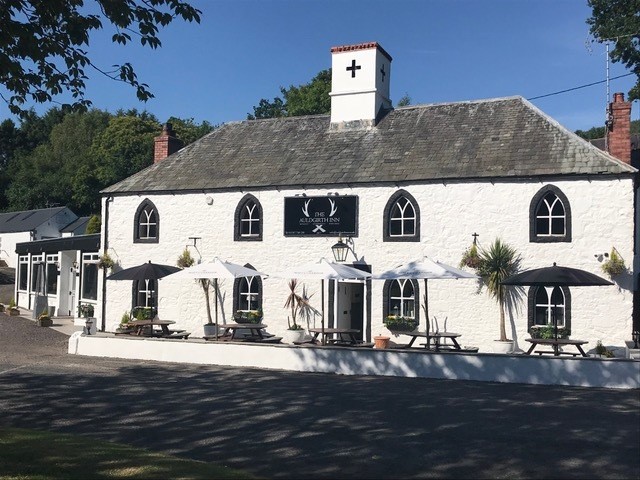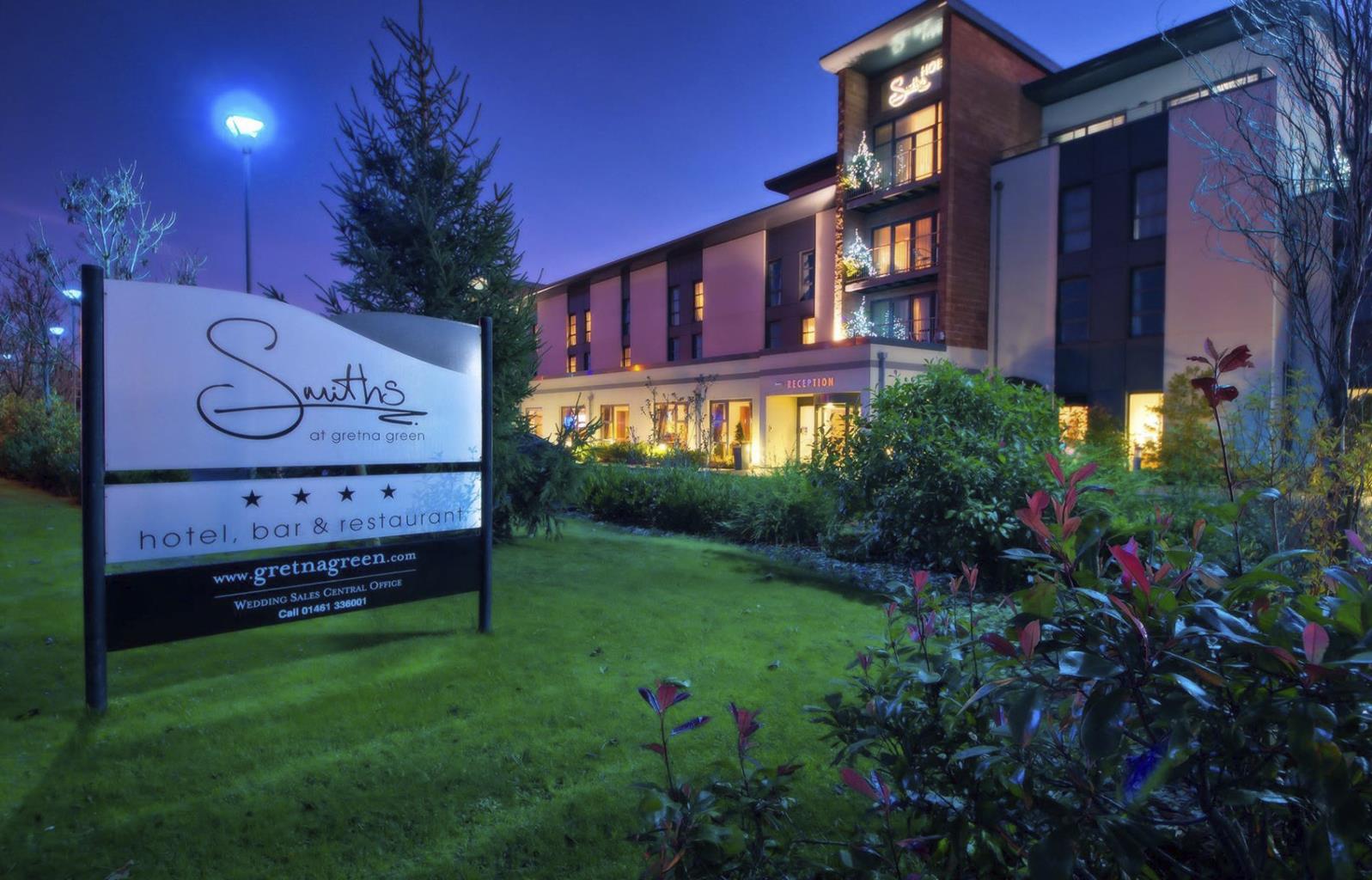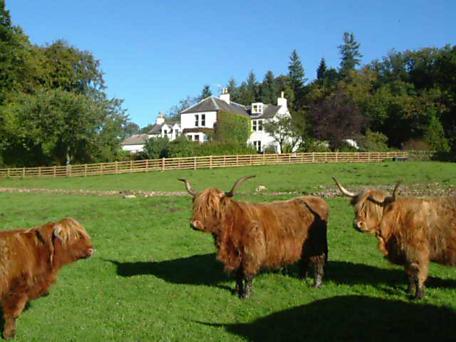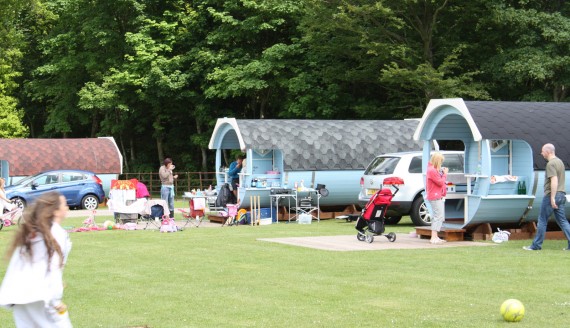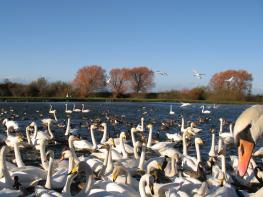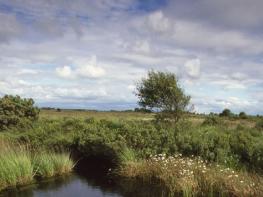Situated in a quiet residential, edge-of-town location, Southpark House offers thoughtfully…
A Dumfries Town Trail

In the footsteps of Robert Burns and J.M Barrie around the birthplace of Peter Pan
3.25 miles (5.2kms)
About the walk
Dumfries was home to two of Scotland’s literary giants, Robert Burns and J.M Barrie. Although Burns was from Ayrshire he came to farm just outside Dumfries in 1788 then moved to the town three years later. He is buried in a mausoleum in St Michael's Churchyard.
In his temporary home in Bank Street he wrote more than 60 songs in an 18-month period, including the poignant love song ‘Ae Fond Kiss’. Inside Burns' House is the desk where he wrote the words of 'Auld Lang Syne'. You’ll find a few verses of poetry that he scratched into the windowpane of a room in The Globe Inn, where you can still sit in his favourite chair. But be warned! If you do and cannot recite some of his work you will have to buy the assembled company a drink.
Barrie was from Kirriemuir in Angus but came to live in Dumfries with his brother. A plaque on the wall of the house in Victoria Terrace testifies:
J. M. Barrie lived in this house the home of his brother, while a scholar at Dumfries Academy from 1873 to 1878.
Barrie regarded his stay in Dumfries as among the happiest days of his life. When he was made a freeman of Dumfries in 1924 he recounted how Peter Pan had been created there:
When the shades of night began to fall, certain young mathematicians shed their triangles, crept up walls and down trees, and became pirates in a sort of Odyssey that was long afterwards to become the play of Peter Pan. For our escapades in a certain Dumfries garden, which is enchanted land to me, were certainly the genesis of that nefarious work.
He also hinted that his great villain, Captain Hook, may have been modelled on his maths master. That garden is at Moat Brae, which is now being turned into Scotland’s first centre for children’s literature.
Barrie, like Burns, was a regular attender at the Theatre Royal, the oldest working theatre in Scotland. He was one of the founders of Dumfries Academy Drama Club in 1876. It faced opposition from a reactionary School Board member, the Revd D L Scott, but Barrie had the support of the rector and several high-profile individuals including the Duke of Buccleuch and the noted actor Sir Henry Irvine. Professor John Stuart Blackley even challenged the Revd Scott to a fight over it, describing his objections as ‘the windy puffets of a certain class of pulpit bigots.'
Barrie’s first known published writing is kept at Dumfries Museum. It’s a humorous feature, entitled Rekollekshuns of a Skoolmaster in a handwritten school magazine published by one of Barrie's school friends.
-
Walk directions
With the railway station behind you, turn left. Leave the car park, turn left at the Waverley Hotel and go across the railway bridge. Go over a roundabout and then turn left into Victoria Terrace. Look for number 6 where J.M Barrie stayed for a while as a youth.
Retrace your steps to the road and turn right. Go back across the roundabout, pass the Waverley Hotel, traffic lights and the County Buildings then cross the road and turn left into Shakespeare Street. Pass the Theatre Royal then turn left into Burns Street.
Continue to the junction with St Michael’s Street and Brooms Road next to a statue of Burns’ wife, Jean Armour. Cross the road to St Michael’s Church and visit the Burns Mausoleum in the churchyard before returning to the junction of Burns Street and St Michael’s Street.
Head along St Michael's Street to the junction with traffic lights. Cross Nith Place then turn right, passing in front of the Loreburn Centre, then turn left into the pedestrian area of the High Street. Continue along this then turn right into the narrow close opposite Marks and Spencer and visit the Globe Inn.
Return to the High Street and turn right. Head past the fountain towards the Mid Steeple but turn left just before it and go down Bank Street. Keep ahead, crossing Irish Street, but near the bottom look up on the right for a couple of plaques which identify the building where Burns moved with his family when they left Ellisland Farm in 1791. Continue on to Whitesands, cross the road to the banks of the Nith, turn left, then walk by the river before turning right to cross a suspension bridge.
Head up Suspension Brae then trun right onto Troqueer Road. Head uphill on it to reach Dumfries Museum and Camera Obscura then continue to reach the end of a block of sandstone buildings on your right. Turn right, go down some steps and along Millbrae Street to reach the Robert Burns Centre. From here, turn left and continue along the riverbank then turn right to cross the ancient Devorgilla’s Bridge to return to the Whitesands. Cross the road and make your way up Friars Vennel.
At the top of this street turn left to pass Burns Statue then cross the road to Greyfriars Church and along Castle Street before turning right into George Street. The last house on the left is Moat Brae, home of Barrie’s school friend and the birthplace of Peter Pan. Head along Irvine Street from here then turn left at the junction, pass Dumfries Academy then turn right into Lovers Walk to return to the Station and the start of the walk.
Additional information
Pavements
Town streets and riverbank
Keep on lead unless very well behaved
OS Explorer 313 Dumfries & Dalbeattie, New Abbey
Dumfries Railway Station
Dumfries Railway Station
WALKING IN SAFETY
Read our tips to look after yourself and the environment when following this walk.
Find out more
Also in the area
About the area
Discover Dumfries & Galloway
Dumfries and Galloway is a wonderfully undiscovered corner of Scotland – a romantic land of wooded glens, high hills and exposed moorland, haunted by its colourful past and the ghosts of those who fell in fierce and bloody battles. Heading west from Gretna Green you soon reach Dumfries, straddling the River Nith, where you may see red-breasted mergansers in summer.
The market town has strong associations with one of Scotland’s most famous sons, Robert Burns, who farmed nearby and returned to Dumfries towards the end of his life. You’ll find Burns-related visitor attractions around town, plus a portfolio of other sights ranging from ruined castles and abbeys to quirky museums. You can see for miles from the Camera Obscura, which occupies the top floor of the 18th-century windmill.
To the north lies a vast and endless landscape; mile upon mile of open moorland and afforested slopes stretching towards the Ayrshire coast. On the long haul to Stanraer, you’ll want to make regular stops and visit places like Gatehouse of Fleet, a delightful 18th-century planned town, and Creetown, a planned village on the estuary on the River Cree. Perfect for walking and fishing, Dumfries and Galloway seems gloriously untouched by 20th-century progress.
Nearby stays
Restaurants and Pubs
Nearby experiences
Recommended things to do
Why choose Rated Trips?
Your trusted guide to rated places across the UK
The best coverage
Discover more than 15,000 professionally rated places to stay, eat and visit from across the UK and Ireland.
Quality assured
Choose a place to stay safe in the knowledge that it has been expertly assessed by trained assessors.
Plan your next trip
Search by location or the type of place you're visiting to find your next ideal holiday experience.
Travel inspiration
Read our articles, city guides and recommended things to do for inspiration. We're here to help you explore the UK.






